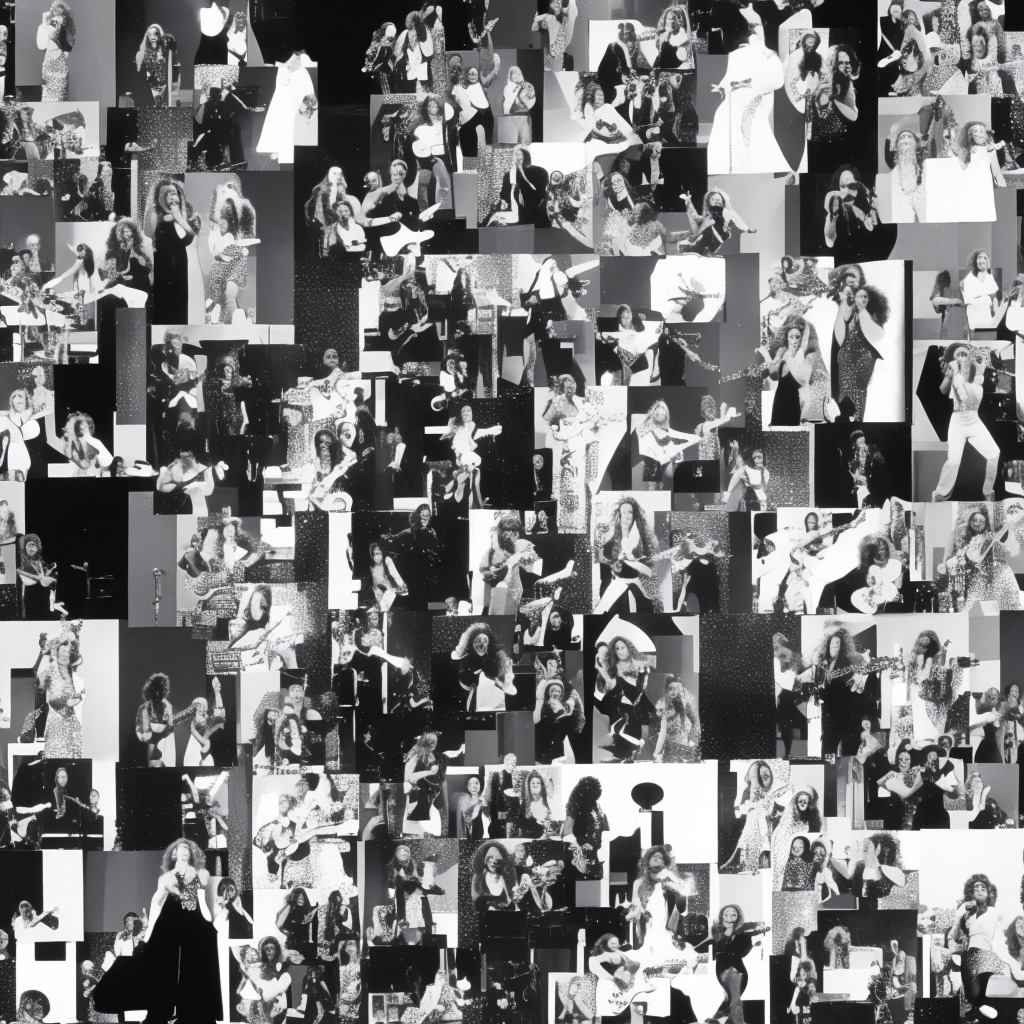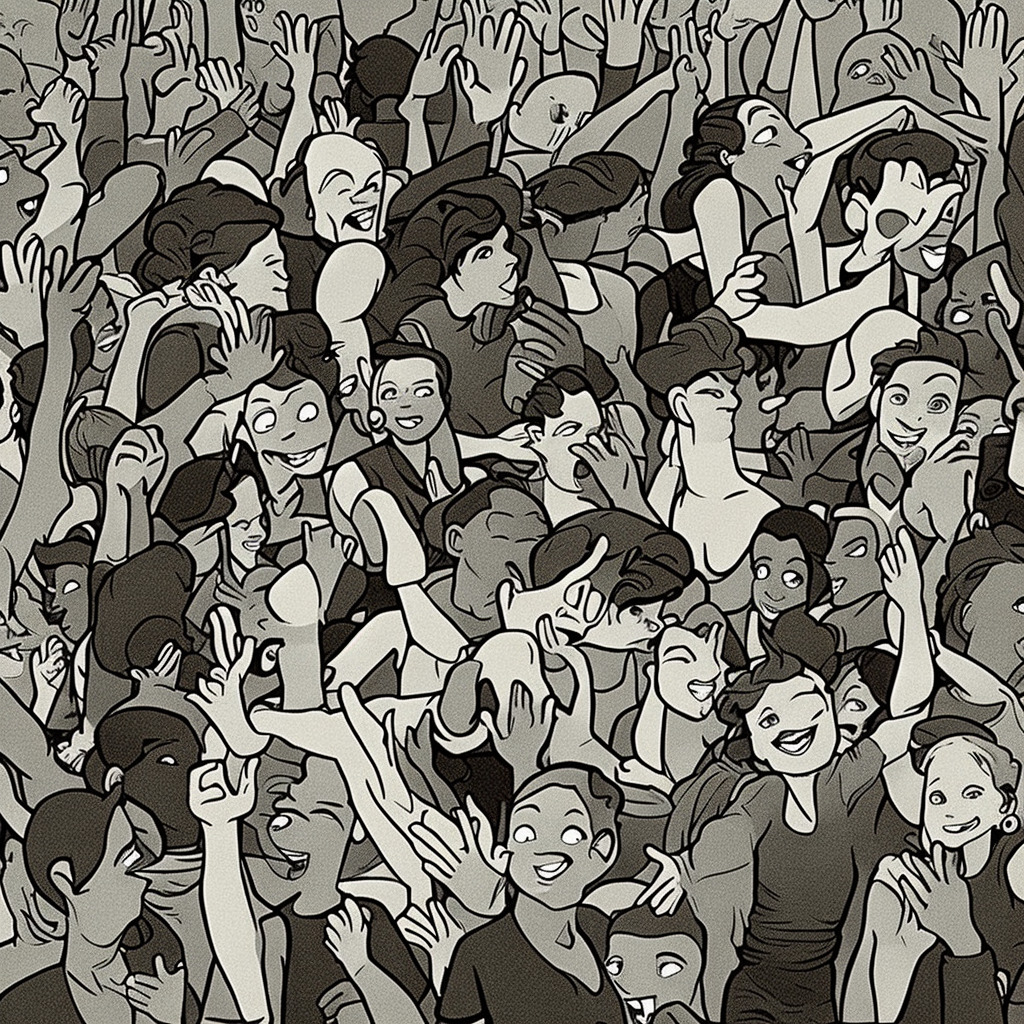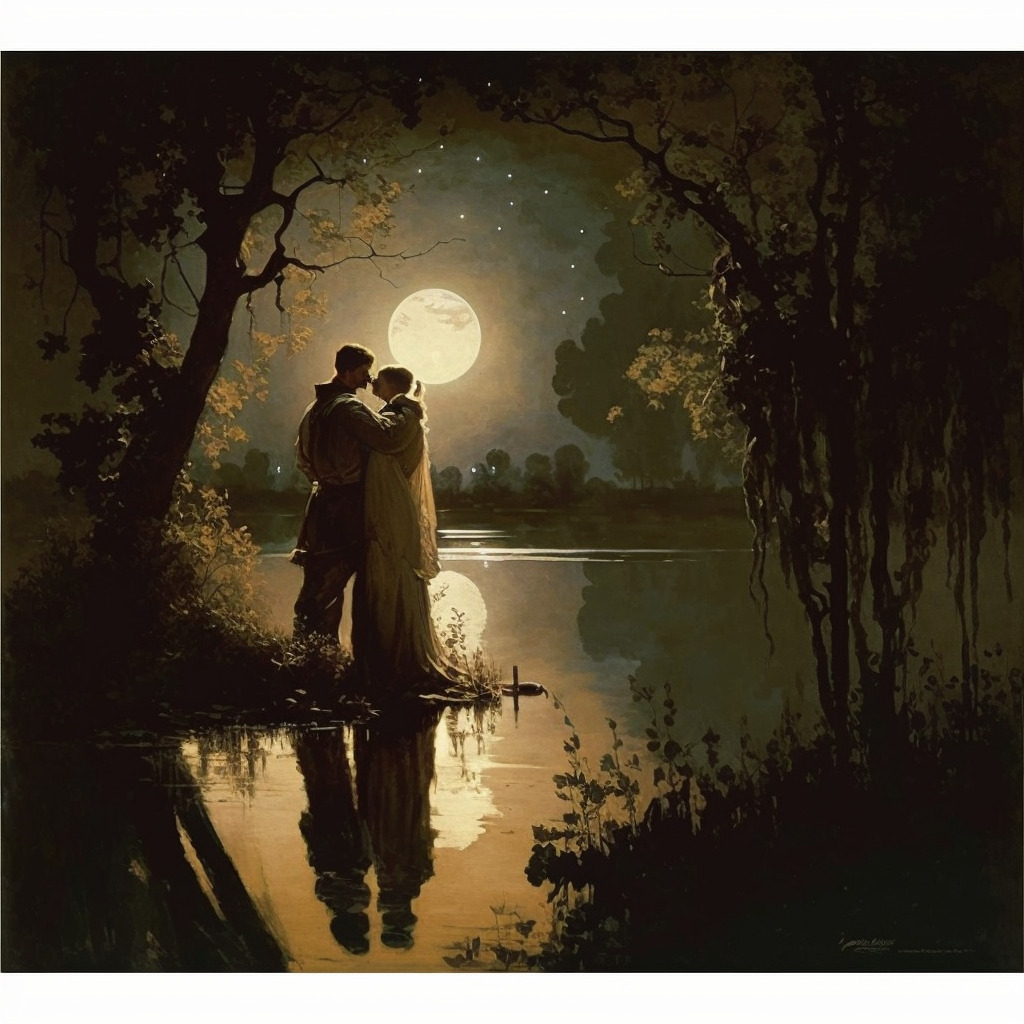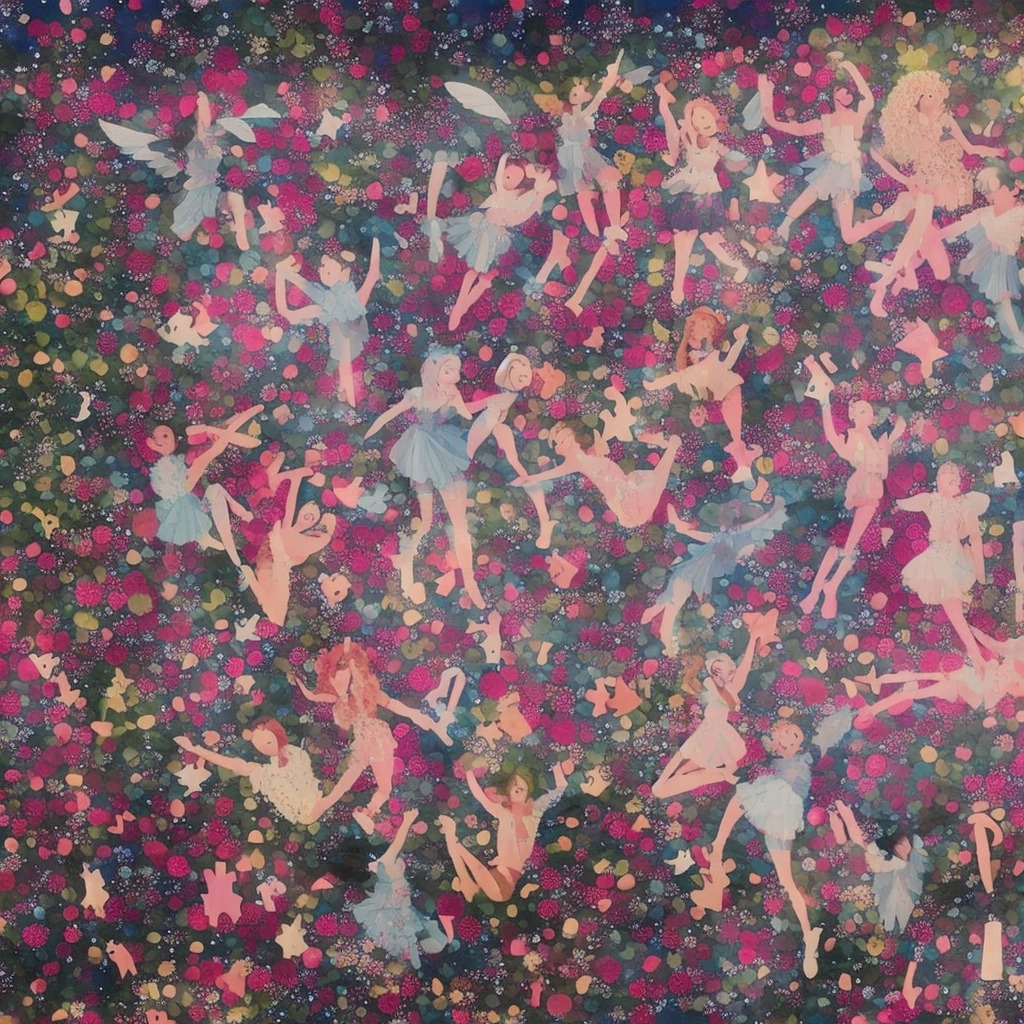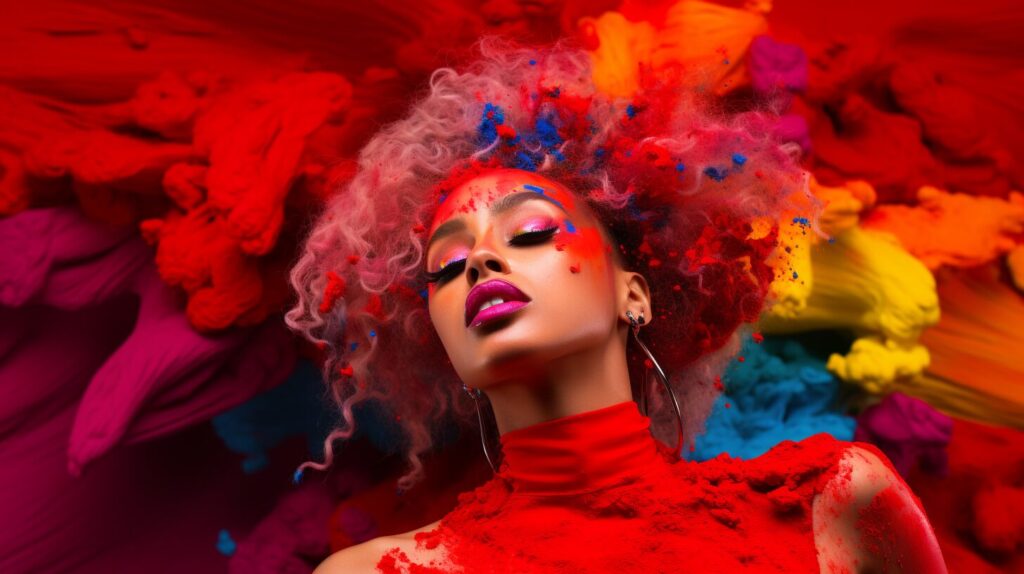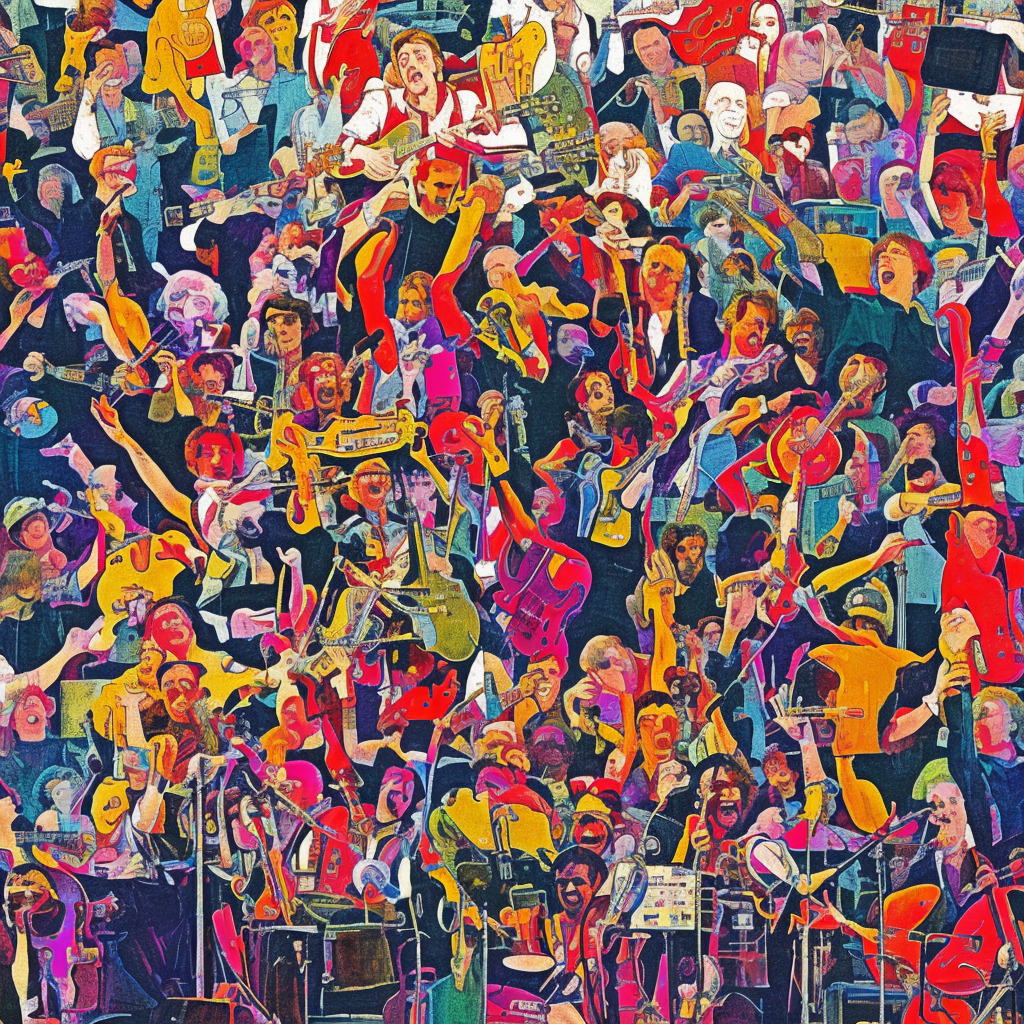🎶 Did you know Mariah Carey’s “I’ll Be There” hit #1 in 1992, making it her 6th chart-topper? 🌟 This iconic cover unites generations of music lovers! 🎤💕 #MariahCarey #IllBeThere #MusicTrivia #90sNostalgia Read about it: tinyurl.com/ydn3tcm8
A Timeless Classic by a Legendary Songstress
“Mariah Carey’s timeless rendition of ‘I’ll Be There’ showcases her unrivaled vocal range and captivating live performance abilities, solidifying her status as a true music legend.”
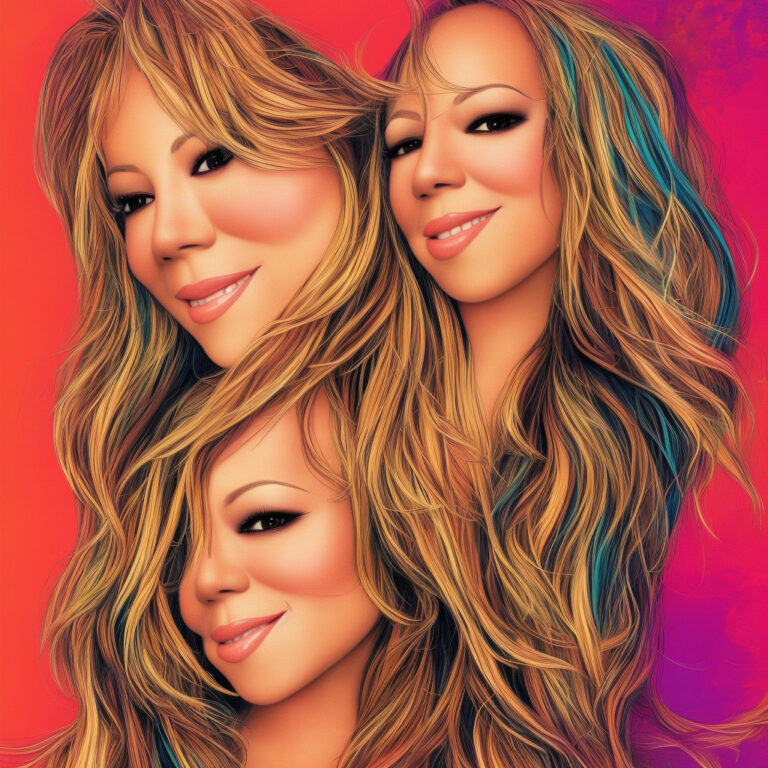
Diving into the incredible musical journey of Mariah Carey, we turn our attention to her powerful rendition of “I’ll Be There,” which is undoubtedly one of her most memorable performances. Mariah Carey, the American singer-songwriter, and actress, has been gracing the music scene since her debut in 1990. Throughout her three-decade-long career, she has sold over 200 million records worldwide, making her one of the best-selling music artists of all time.
“I’ll Be There” was first released in 1970 by The Jackson 5 as one of their most successful singles. Mariah Carey’s beloved cover, accompanied on stage by Trey Lorenz, was first performed during her MTV Unplugged session in 1992. Shortly after, Carey’s version of the song was released as a single from her “MTV Unplugged” EP, which peaked at the No. 1 spot on the Billboard Hot 100, giving her a total of six chart-topping singles at the time.
The emotional and heartfelt performance of “I’ll Be There” showcased Mariah’s impressive vocal range and her undeniable talent for live performances. It’s worth mentioning that some critics argue that her live performances in recent years have not been as spectacular as they used to be. However, it is essential to remember that artists evolve and grow over time, and it’s crucial to appreciate each phase of their career.
Mariah Carey’s accomplishments speak for themselves, with a total of 19 chart-topping hits on the Billboard Hot 100, 5 Grammy Awards, and a multitude of other accolades to her name. Moreover, Mariah was honored with the prestigious Billboard Icon Award in 2019, solidifying her status as a music legend. In addition, she has been inducted into the Songwriters Hall of Fame, as her distinct writing skills have significantly contributed to her long-lasting success in the industry.
Despite some criticisms over the years, Mariah Carey remains a prominent figure in the music world, continuing to enchant her fans with her incredible talents. The magic of her “I’ll Be There” performance serves as a testament to her undeniable skill and her ability to breathe new life into well-known classics.
Chart Success: Climbing to the Top and Making History
“I’ll Be There” – Mariah Carey’s record-breaking, chart-topping hit that solidified her music industry powerhouse status and garnered international acclaim.
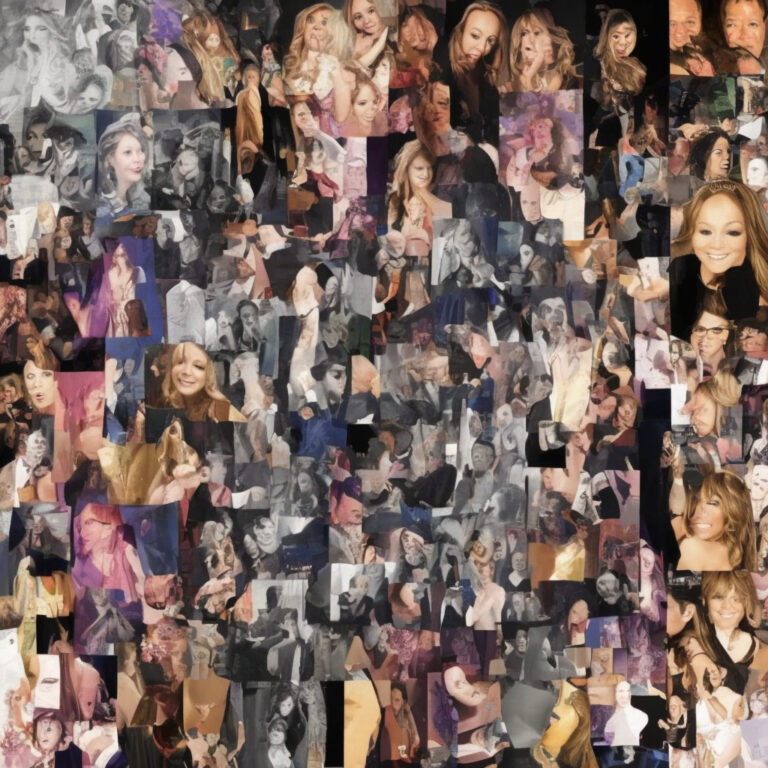
“I’ll Be There” was released on May 26, 1992, as the second single from Mariah Carey’s highly anticipated MTV Unplugged EP. The song’s chart success was remarkable, as it quickly gained traction and made its way to the top.
Upon its release, “I’ll Be There” debuted at number 45 on the US Billboard Hot 100 chart. It then began its impressive ascent, reaching the number one spot in just three short weeks. This was a significant milestone for Carey, as it marked her sixth number one single, tying her with The Supremes and Madonna for the most number one hits by a female act at that time.
The song’s rapid rise to the top was not limited to the United States. “I’ll Be There” also enjoyed international success, peaking at number two on the UK Singles Chart, along with high rankings in Canada, Australia, and several European countries. It’s worth mentioning that the song’s popularity resulted in it being certified Gold in the United States and Silver in the United Kingdom.
In addition to its chart success, “I’ll Be There” achieved an important feat in Billboard history. Mariah Carey became the first artist to have their first six singles reach the number one spot on the Hot 100 chart. This accomplishment showcased her undeniable talent and solidified her status as a powerhouse in the music industry.
As if these accomplishments weren’t enough, “I’ll Be There” also received critical acclaim. It earned a nomination for the 1993 Grammy Award for Best Female Pop Vocal Performance, further establishing the song’s impact on the music world.
Overall, “I’ll Be There” by Mariah Carey was more than just a chart-topping hit; it was a groundbreaking achievement that continues to be celebrated and appreciated by music enthusiasts worldwide.
Delving into the Emotions of “I’ll Be There”
You and I must make a pact, we must bring salvation back
Where there is love, I’ll be there
I’ll reach out my hand to you, I’ll have faith in all you do
Just call my name and I’ll be there
Chorus:
And oh – I’ll be there to comfort you,
Build my world of dreams around you, I’m so glad that I found you
I’ll be there with a love that’s strong
I’ll be your strength, I’ll keep holding on – yes I will, yes I will
Let me fill your heart with joy and laughter
Togetherness, well that’s all I’m after
Whenever you need me, I’ll be there
I’ll be there to protect you, with an unselfish love I respect you
Just call my name and I’ll be there
(Chorus)
If you should ever find someone new, I know he’d better be good to you
‘Cause if he doesn’t, I’ll be there
Don’t you know, baby, yeah yeah
I’ll be there, I’ll be there, just call my name, I’ll be there
(Just look over your shoulders, honey – ooh)
I’ll be there, I’ll be there, whenever you need me, I’ll be there
Don’t you know, baby, yeah yeah
I’ll be there, I’ll be there, just call my name, I’ll be there…
Mariah Carey’s “I’ll Be There” captures the essence of unwavering devotion and support in a way that is both timeless and deeply emotional. The lyrics convey a strong message of friendship, love, and commitment, mirroring the spirit of the time when it was released in 1992.
The early 1990s were a time of significant change with the end of the Cold War and the beginnings of globalization. People around the world were seeking comfort and stability, and “I’ll Be There” resonated with that desire. The song’s lyrics emphasize the importance of togetherness, support, and standing by one another in times of need, a message that was relevant then and continues to be impactful today.
The chorus, in particular, is powerful in its message of unwavering support and love, stating, “I’ll be there to comfort you, build my world of dreams around you, I’m so glad that I found you. I’ll be there with a love that’s strong, I’ll be your strength, I’ll keep holding on.” This sentiment was not only reflective of the era’s events, but it also remains a timeless message that has kept the song a favorite among fans to this day.
In sum, “I’ll Be There” by Mariah Carey is a beautiful ode to friendship, love, and support, a message that was pertinent during the early 1990s and continues to be relevant today. The lyrics capture the yearning for stability and togetherness that many people sought during that time, and they continue to resonate with listeners in the present.
The Visuals Behind “I’ll Be There”
Dive into the timeless visuals of Mariah Carey’s “I’ll Be There,” where raw talent and emotional connection take center stage in this iconic and enduring music video masterpiece.
In the world of music, few artists can capture the hearts of their audience like Mariah Carey, and her music video for the hit song “I’ll Be There” is no exception. The video was directed by the talented Larry Jordan, who has worked with numerous well-known artists, such as Barbara Streisand, Bruce Springsteen, and Michael Jackson. Jordan’s experience in the industry and keen eye for detail certainly played a significant role in creating a visually stunning and emotionally evocative video for this classic song.
The video for “I’ll Be There” was filmed during Mariah Carey’s live performance at the Proctor’s Theatre in Schenectady, New York, in 1992. This concert served as a special event for the MTV Unplugged series, which showcased acoustic performances of popular artists in an intimate setting. The video features a simple, yet effective, stage design that highlights the raw talent of Mariah Carey and her backing vocalists, Trey Lorenz and Patrique McMillan, while still providing a polished and professional visual experience for viewers.
The production budget for the video remains undisclosed, but it is clear that the focus was on creating an authentic and true-to-life representation of Mariah Carey’s live performance rather than relying on flashy special effects or elaborate sets. This approach allowed the video to showcase Mariah’s extraordinary vocal range and on-stage charisma, making it a memorable and timeless addition to her videography.
It’s also worth noting that, in addition to the official music video, fans have taken it upon themselves to create their own visual tributes to the song. A simple search on YouTube yields numerous fan-made videos that utilize clips from live performances, movies, and other music videos, all set to the backdrop of “I’ll Be There.” These fan videos serve as a testament to the enduring popularity of the song and the deep emotional connection that many people have with it, further solidifying its status as a classic in the world of music.
In the end, the music video for “I’ll Be There” is a perfect example of how a simple, yet effective, visual approach can enhance the emotional impact of a song, allowing viewers to fully appreciate the incredible talent behind the music. It is a fitting tribute to a timeless song that continues to resonate with fans, both old and new, and serves as a reminder of the enduring power of Mariah Carey’s unforgettable voice.
The Mastermind Behind “I’ll Be There”
The composer responsible for Mariah Carey’s iconic cover of “I’ll Be There” is none other than Tom Tom Club member and Grammy-winning producer Michael Narada Walden. Walden’s illustrious career in the music industry spans multiple decades and genres, with his distinctive sound touching the hearts of millions. Beyond “I’ll Be There,” Walden has produced and composed an impressive roster of hits, including Whitney Houston’s “How Will I Know” and “I Wanna Dance with Somebody,” Aretha Franklin’s “Freeway of Love,” and George Michael’s “Father Figure.” A true force to be reckoned with, Walden’s remarkable talents have played a significant role in shaping the soundtracks of our lives.
A Legacy of Accolades and Adaptations
Mariah Carey’s “I’ll Be There” triumphs as a timeless classic, garnering awards, media features, and inspiring global covers with its powerful message of love and support.
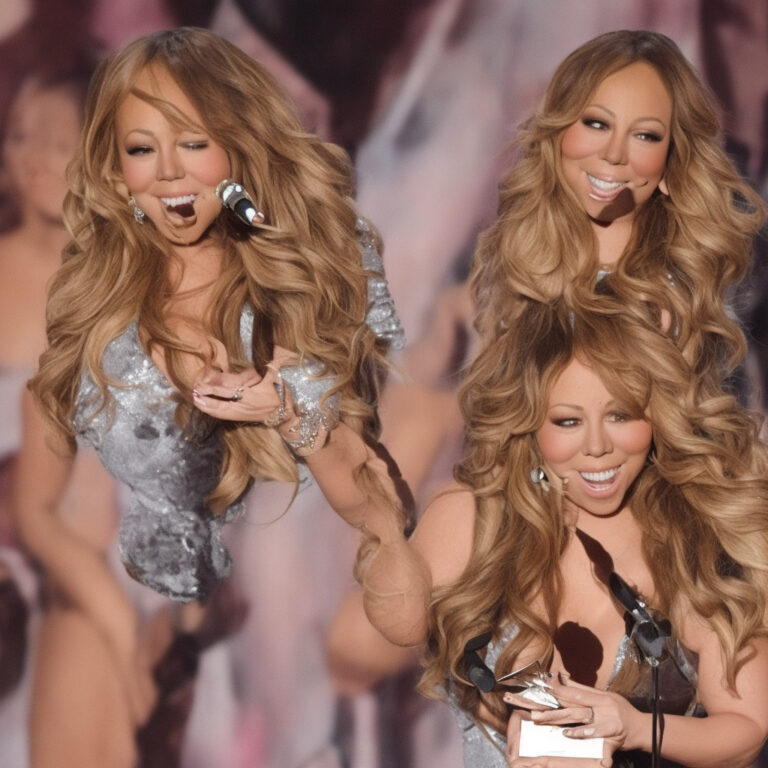
“I’ll Be There” has undoubtedly left a lasting impact on the music world since its release. Mariah Carey’s rendition of this classic tune received widespread critical and commercial acclaim, reaffirming her status as a powerhouse vocalist. One notable accolade the song received was the 1993 MTV Movie Award for Best Song from a Movie, as it was featured on the soundtrack for the film “Free Willy.” Furthermore, “I’ll Be There” was nominated for the Best R&B Performance by a Duo or Group with Vocals category at the 35th Annual Grammy Awards, further illustrating the song’s substantial influence.
The song’s popularity also extended to its appearances in various forms of media. “I’ll Be There” was used in TV shows such as “Glee,” where it was performed by the character Mercedes Jones (played by Amber Riley) in the season 3 episode titled “Goodbye.” Additionally, the song has been featured in commercials, most notably in a 2009 Toyota Corolla advertisement. Its timeless message of love and support resonates with audiences across various platforms, solidifying it as a beloved classic.
Throughout the years, “I’ll Be There” has inspired numerous reinterpretations and cover versions from various artists. In 2008, the British girl group Sugababes released their own take on the song as part of the compilation album “Motown Mania.” The song was also performed by Michael Jackson during his 30th Anniversary Celebration Concert in 2001. Furthermore, popular Korean singer Zia covered “I’ll Be There” in 2012, showcasing the song’s universal appeal across different languages and cultures.
In conclusion, Mariah Carey’s version of “I’ll Be There” has demonstrated its enduring legacy through its numerous accolades, media appearances, and cover versions. This beloved tune continues to captivate listeners around the world, proving that its message of love and support is truly timeless.
Diving into the Musical Landscape
As we delve into the intricacies of “I’ll Be There,” we can’t help but notice the song’s expertly crafted musical structure. Written in the key of C Major, it showcases Mariah Carey’s vocal prowess and her ability to hit those high notes with ease. The song is built around a simple, yet effective chord progression that alternates between the I-IV-V (C-F-G) chords, providing a solid foundation for Carey’s soaring vocals.
The tempo of “I’ll Be There” is set at a comfortable 63 beats per minute (BPM), giving the song a moderate pace that perfectly complements its emotional undertones. This tempo allows for enough space in the arrangement for Carey’s voice to shine while maintaining the momentum of the song. The moderate tempo also gives listeners the opportunity to appreciate the harmonies and melodic structures that are woven throughout the track.
One of the most striking aspects of “I’ll Be There” is the use of a gospel-style piano that adds depth and texture to the song. This piano part, complete with its rich chords and rhythmic syncopation, is a perfect example of how a seemingly simple musical element can elevate a song to new heights. The gospel influence not only adds an air of authenticity to the track but also provides an interesting contrast to the polished pop production.
Another noteworthy aspect of the song’s musical structure is the use of a call-and-response pattern between Carey and her backing vocalists. This technique, which has its roots in traditional African music and gospel, helps to build both tension and release throughout the song. The backing vocals not only provide a lush harmonic backdrop for Carey’s lead vocals but also create a sense of unity and togetherness, further enhancing the song’s emotional impact.
In addition to the gospel-tinged piano and compelling call-and-response vocals, “I’ll Be There” features a subtle yet effective use of strings. These strings add an extra layer of warmth and richness to the song, providing a beautiful counterpoint to the piano and vocals. Although not the most prominent element of the track, the strings play a crucial role in tying together the various musical components and creating a cohesive, polished sound.
Overall, “I’ll Be There” serves as a prime example of Mariah Carey’s exceptional musicality and her ability to create timeless, emotionally resonant songs. From its expertly arranged chord progression and tempo to the masterful use of piano, strings, and backing vocals, the song stands as a testament to Carey’s enduring talent and the power of music to connect us all.

